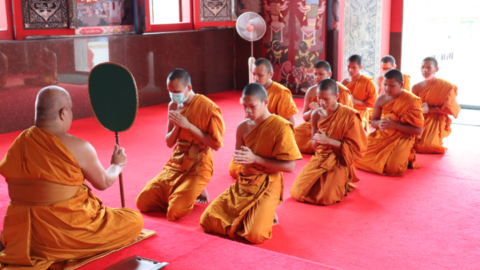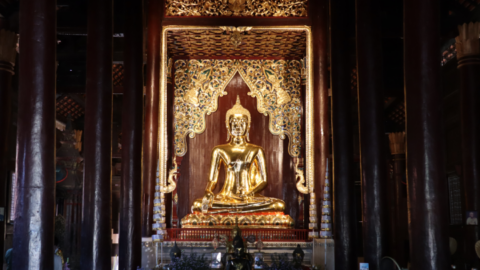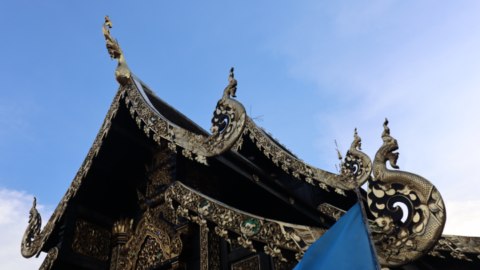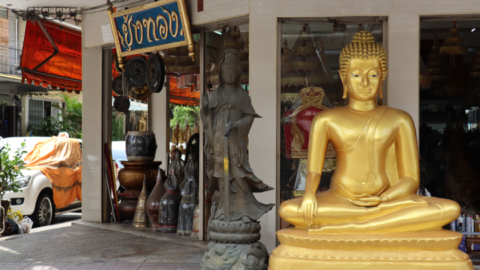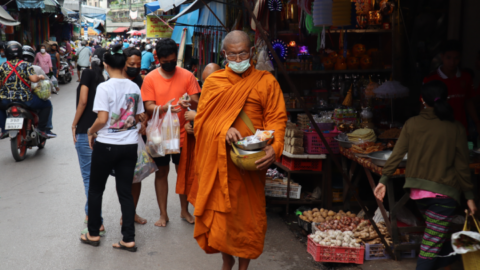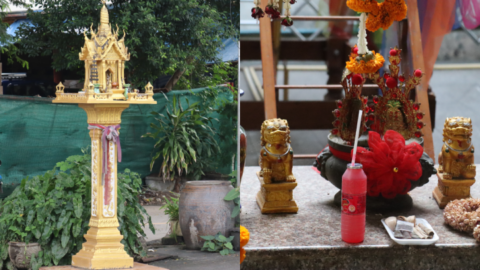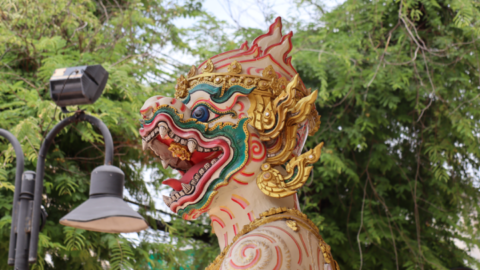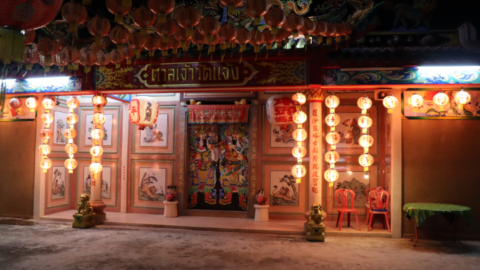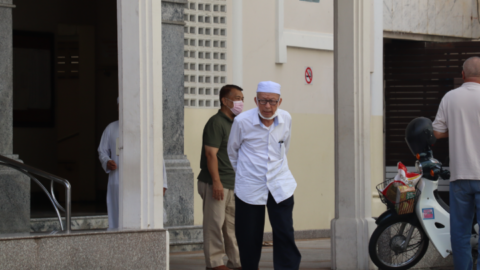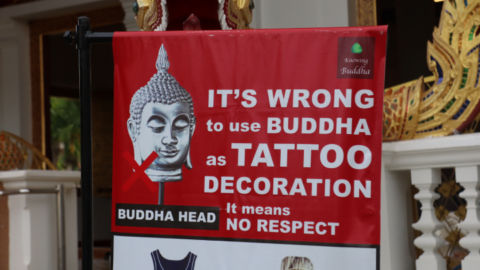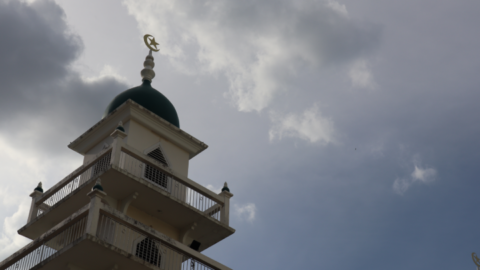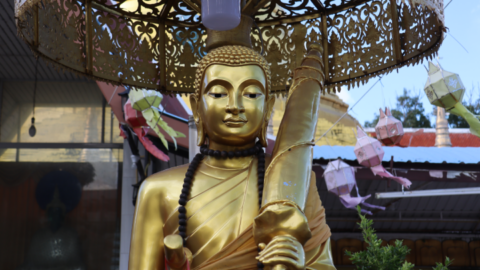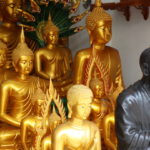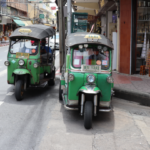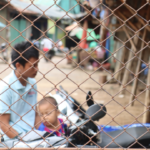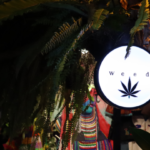Beyond the Material: Capturing Thai Spirituality in Photos
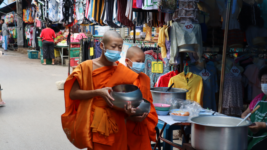
Thailand is renowned for its Buddhism. With around 95 percent of the population adherents, temples, or wats, pepper the landscape, and bright, orange-robed monks stroll the streets.
There are two strains of Buddhism: Theravada and Mahayana. In Thailand, the former is practiced. The key difference is Theravada sees an individual strive for their own liberation from the cycle of life, whilst in Mahayana, enlightened bodhisattvas stick around to assist others in reaching nirvana.
Thai boys can become novice monks at a young age. But most Thai men are expected to take up the robes at the age of 20 and spend at least three months in the role. And while women have traditionally been barred from being ordained, this is beginning to shift, as rebel nuns have started appearing.
But like all nations, a variety of religions are practiced in Thailand. Around 10 percent of the nation’s population is Chinese, and there are numerous temples reflecting this, most of which combine aspects of Mahayana Buddhism and Taoism.
And as in other Southeast Asian countries, there’s a strong thread of Hindu influence, which fuses with Buddhist belief. The Ramakien is an important Buddhist epic in the Land of Smiles, which is actually a version of the ancient Hindu text the Ramayana.
As for that remaining 5 percent of the nation’s population, they’re largely of the Islamic faith, and there’s a Muslim quarter in most urban centres.
Sydney Criminal Lawyers attempted to capture some of the on-the-ground spirituality that pervades daily life in Thailand.
